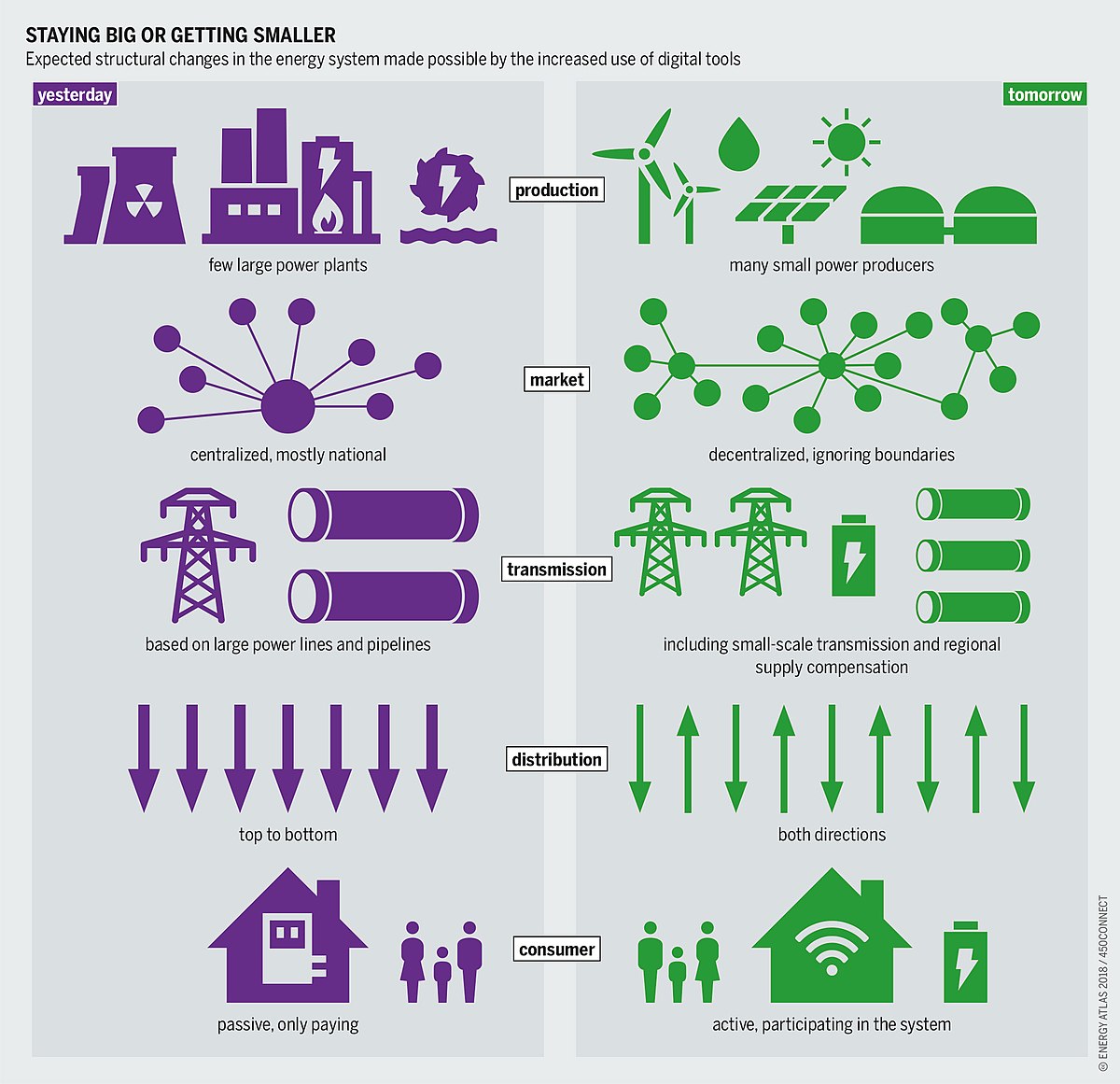nwdiver
Well-Known Member
And the main contributor to lack of fuel during the TX outage was the conversion of the pipeline pumps from natural gas to electric. Sure, the electric pumps are more efficient, but if the electricity drops out for any reason, no more gas. The old way, as long as there was gas, the pumps were powered and gas was flowing....
Source? I've seen nothing saying pump or compressor station failures was the primary issue. Mostly seems to be failure to properly insulate gas lines which caused water in the line to condense, freeze and block the flow of gas. Even if there were pumps taken offline due to lack of electricity the power probably wouldn't have failed if the gas lines had been properly winterized.
Regardless; the point is that we need to rapidly accelerate the electrification of buildings. Prohibiting gas connections to new construction would be a good first step.




